
40+ Word Checklist Templates
Due to limited memory and attention, we humans often forget to do tasks which we were supposed to perform. Our…
Sep 19, 2023
A safety or security audit is a systematic method by which information is collected on the performance, efficacy, and reliability of the overall health and safety management system of an entity. A safety audit assesses security programs and procedures inside an enterprise. Such an audit is conducted for mainly two reasons. The first is to determine whether the organization complies with the health legislation. These can be done by members of a regulatory body or by the business itself. The second use of this audit is in safety programs and processes to identify weaknesses. The audit can also be used as a guide for making safety plans for the entire building.

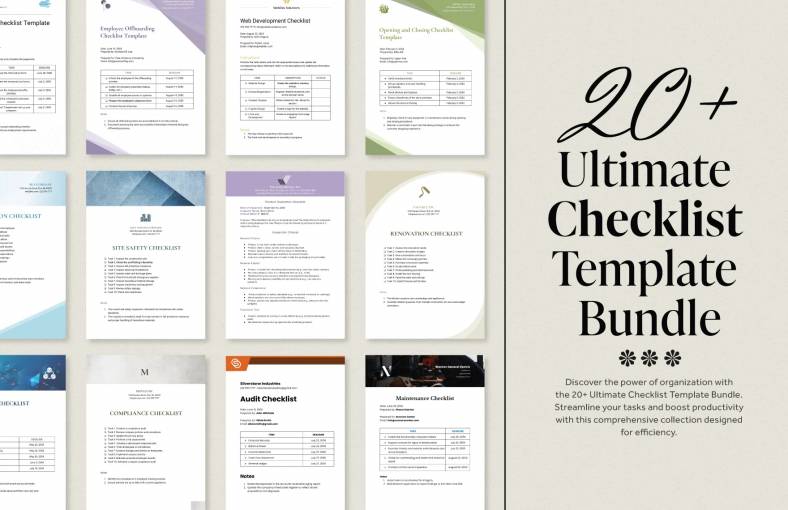
 iitb.ac.in
iitb.ac.in jipmer.edu.in
jipmer.edu.in umkc.edu
umkc.edu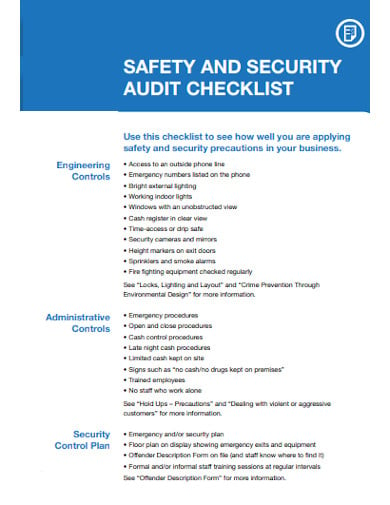 subiaco.wa.gov.au
subiaco.wa.gov.au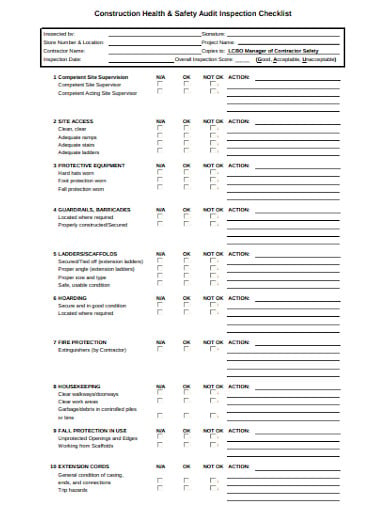 doingbusinesswithlcbo.com
doingbusinesswithlcbo.com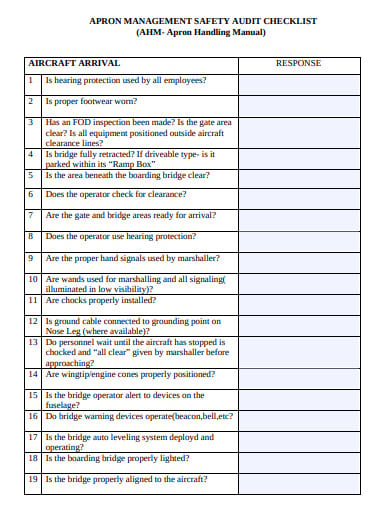 caa.gov.mk
caa.gov.mk safety.duke.edu
safety.duke.edu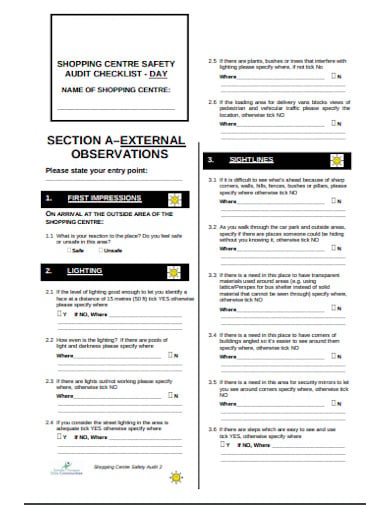 health.qld.gov.au
health.qld.gov.au ehs.princeton.edu
ehs.princeton.edu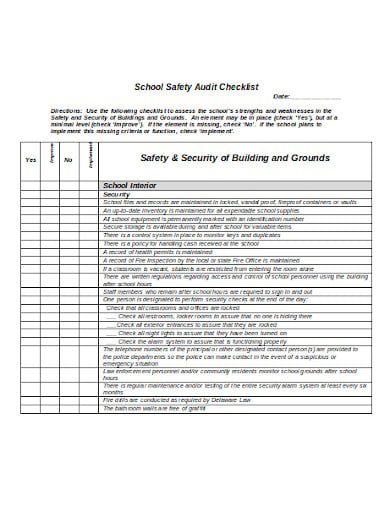 doe.de.us
doe.de.us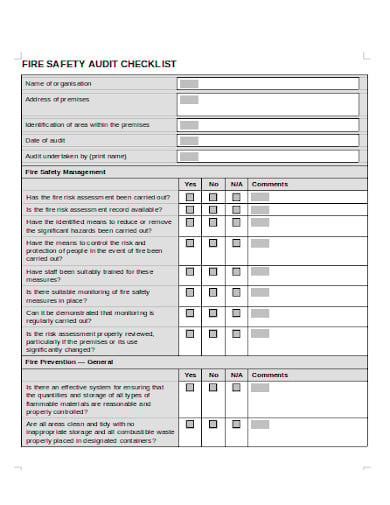 simplypersonnel.co.uk
simplypersonnel.co.ukSafety audits are conducted in almost all kinds of organizations. In fact, most facilities make audits mandatory. However, the frequency of the audits to be conducted depends on the needs of the organization. However, it is greatly advised for these audits to be conducted regularly. Safety audits are conducted to help decide the effectiveness of the existing security systems and management. The following includes reasons why this audit should be conducted on a daily basis;
Conducting just one safety audit per year can have the adverse effect of making protection and security seem like a routine target that needs to be accomplished once a year instead of a continuous requirement. There may be a “ramping up” atmosphere created by managers and supervisors working to ensure compliance ahead of the audit as the date of an annual audit approaches which might lead to discouragement. A better way of approach is to schedule specific safety audits on an 11-month schedule throughout the year.
A security audit can only be as effective as the experts that carry out it, so it helps to entrust the procedure to those with the requisite knowledge and experience. To guarantee such expertise, some companies choose to hire outside consultants or security professionals, but many prefer to keep the operations in-house. Businesses should create security audit teams consisting of three to five employees who are well versed in current safety standards when using the latter method.
The experience should be prepared for both those conducting the audit and those being audited. The company should inform all affected managers and supervisors at least a week before a workplace safety audit that they must have all records, documents and procedures ready and available when the audit starts. At least a week before a workplace safety audit, the employer will advise all concerned managers and supervisors that they must have all reports, paperwork, and processes ready and available at the start of the examination.
Exhaustive reports are a protection assessment prerequisite and target. A compliance audit team will review all relevant incident reports for the segment they are auditing to determine which potential problem issues are most likely to exist. Competent records of accidents allow auditors to extend limited attention to known problem areas better.
The protection evaluation teams need to sift through the gathered information after reviewing all records, written plans, processes, work practices, and facilities and generate a comprehensive report detailing all activity fields. Any statements, suggestions and corrective actions on safety audits will address whether the audited plan meets any criteria for legislative and appropriate industry practice, whether those standards are being followed, and whether there is documented evidence of enforcement.
The use of state-of-the-art management systems makes it much easier to ensure that all the above-stated safety audit standards are met. Modern technology enables safety auditors to test and verify the compliance status of the workplace more easily and effectively.

Due to limited memory and attention, we humans often forget to do tasks which we were supposed to perform. Our…

A facility maintenance checklist is a priceless defense means to keep a building reliable and safe by periodical planning, checkups,…
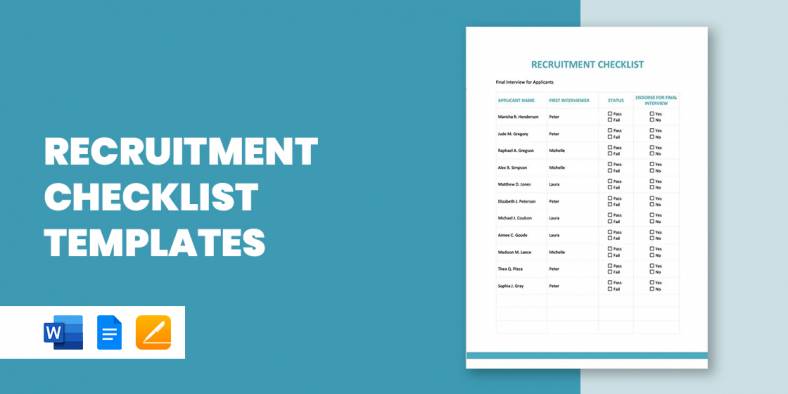
A Recruitment Checklist is the to-do-list where you list down all the important details that you need to do or…

Logistics Performance Index indicates that America is one of the leading logistics industries in the globe. Its networks coordinate with…
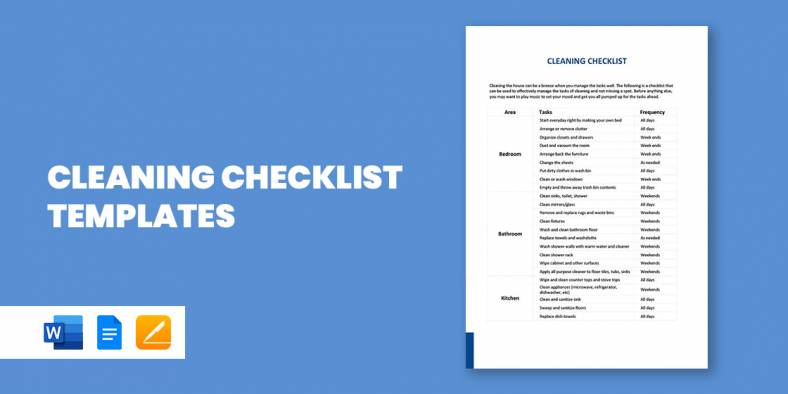
The best way you can make sure that all cleaning go as planned is to have a cleaning checklist samples.…
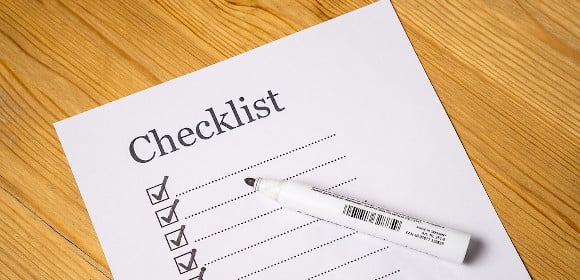
A Resume Screening Checklist is a checklist that is prepared by the recruiter to list all the important points based…

HR Compliance Checklist is the tool that is used by HR professionals to make the preparations for the HR tools.…

A retirement party is the opportunity to celebrate the retiree’s past achievements as well as their future efforts. The party…

The mortgage business has gone through a lot of chapters in the industry, combating business challenges every year. According to…